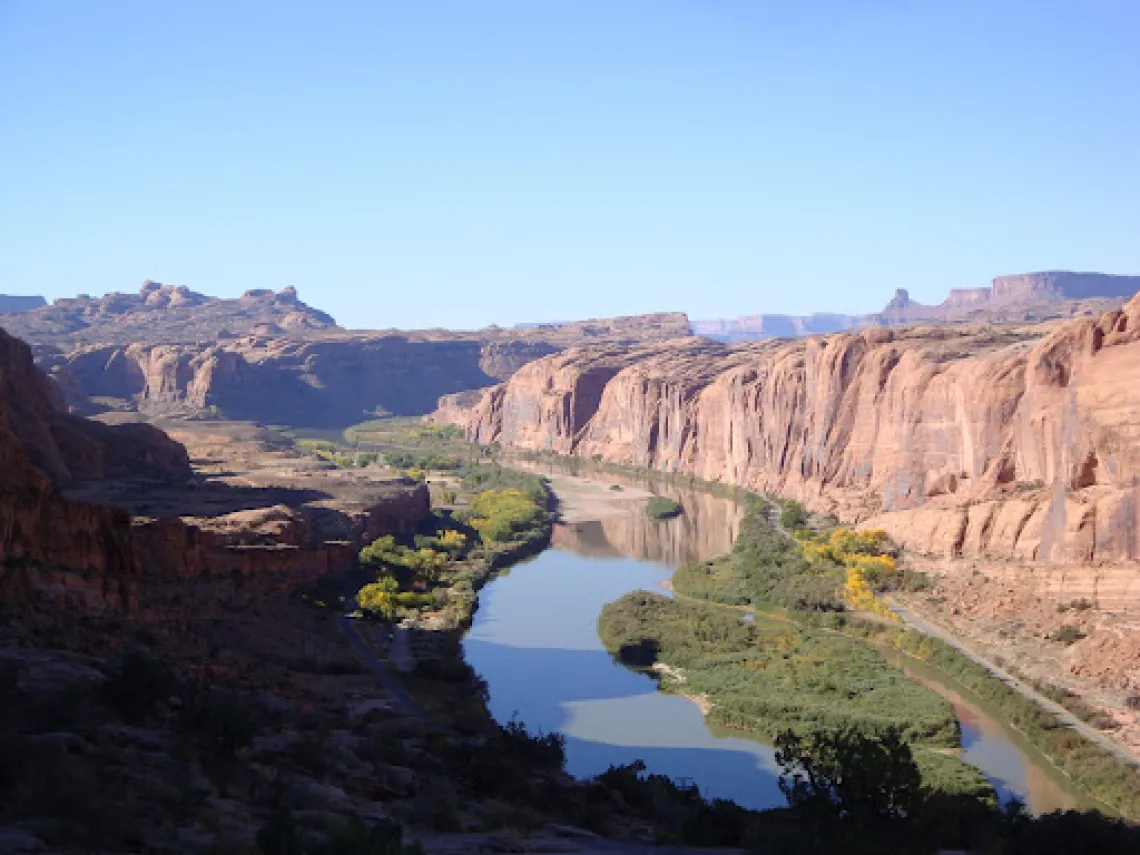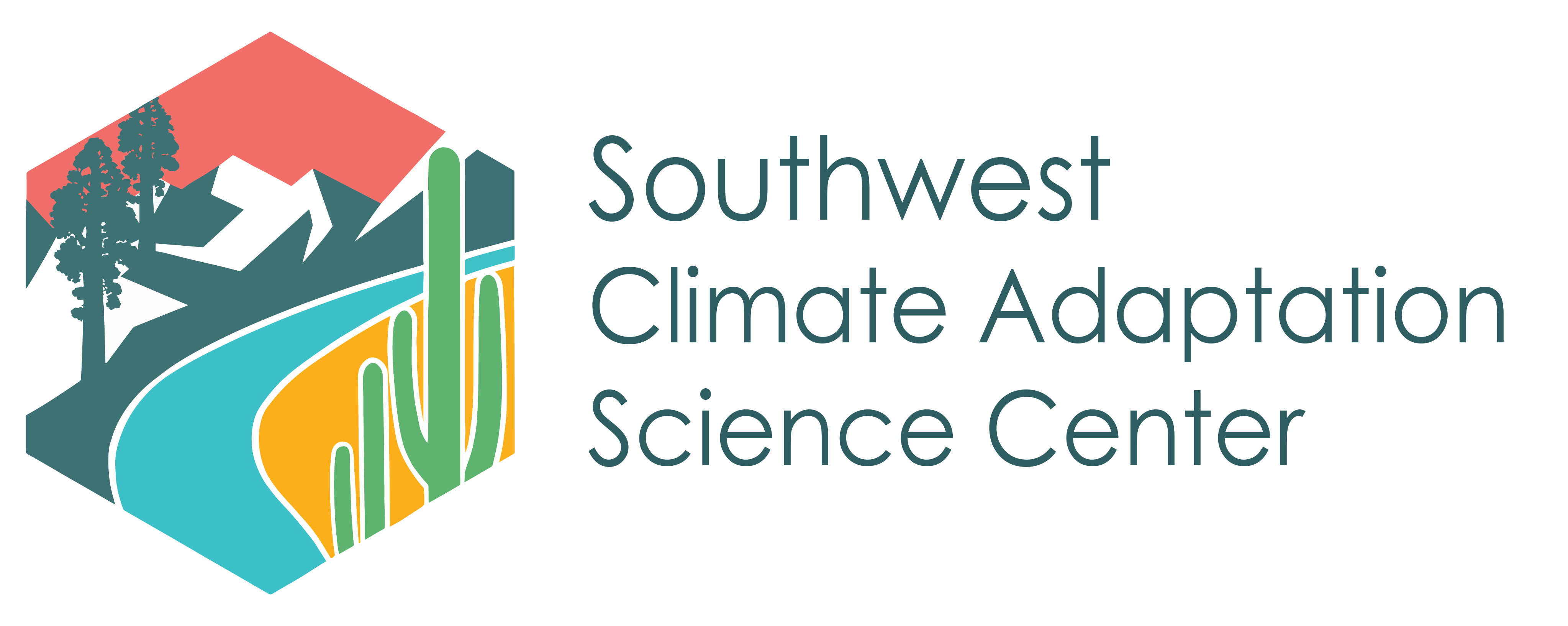New Research Demonstrates Link Between Tributary Erosion and Downstream Floodplain Construction in the Colorado River System

Colorado River
U.S. Geological Survey
Former SW CASC Natural Resource Workforce Development (NRWD) Fellow, John T. Kemper, is the lead author on a new publication titled “Fingerprinting historical tributary contributions to floodplain sediment using bulk geochemistry” published in Catena.
The research sheds light on the role of tributaries in watershed dynamics and emphasizes sediment as a critical resource. The researchers studied tributaries of the Yampa River in Northwest Colorado and Southwest Wyoming to better understand the Colorado River system. As the last major tributary of the Colorado River that has minimal flow regulation, the Yampa River is located in a semi-arid climate where soil development and the stabilization of upland soils by vegetation is limited.
To better understand the links between source areas of floodplain sediment of the Yampa River and its tributaries, the researchers used sediment fingerprinting. They found that sediment eroded from tributary basins contributed to the construction of downstream floodplains. The floodplain sediment along the Yampa River serves as a rooting surface, making it vital to the establishment of cottonwood forests in the area.
This research identifies sediment as an essential resource and suggests that holistic and collaborative resource management, informed by sediment fingerprinting, is necessary to ensure that riverine landscapes persist into the future.

